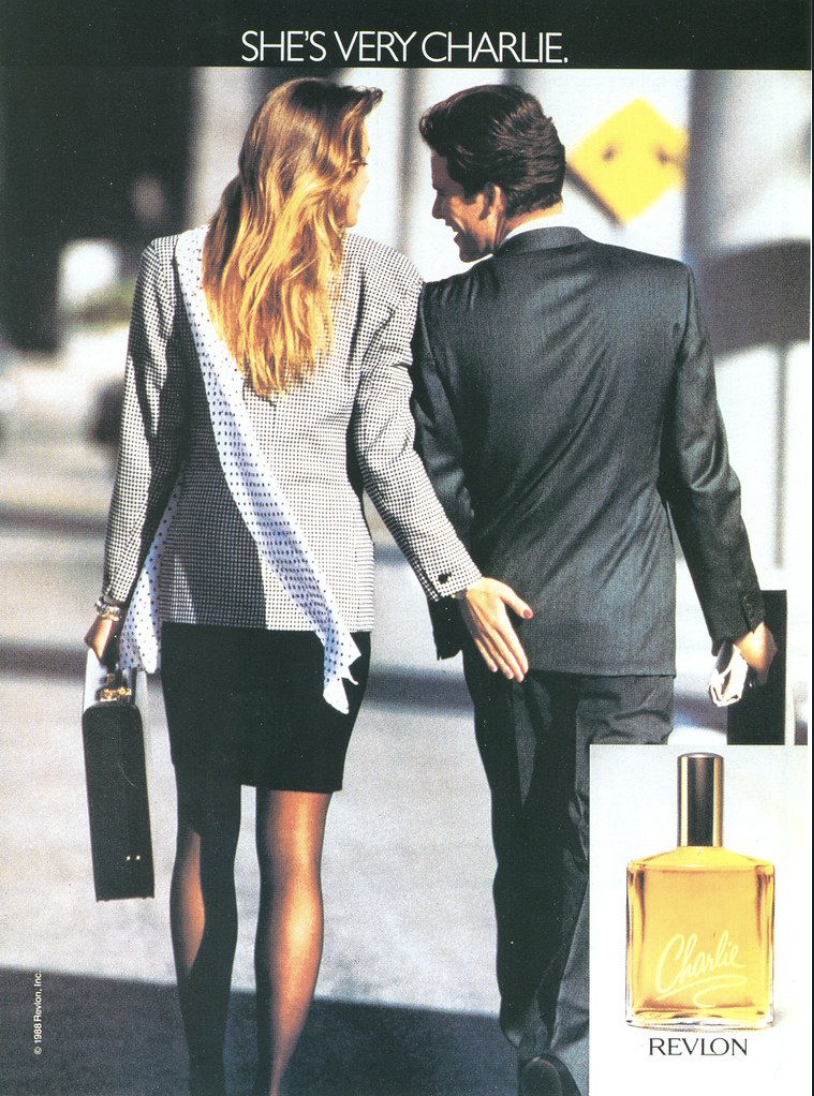How to Create Product Descriptions That Sell
Crafting product descriptions that truly resonate with your audience is both an art and a science. While personal preferences can be strong, especially for founders who see their brand as their “baby,” it’s crucial to prioritize what aligns with your brand identity and what will attract your target audience. The voice and tone of your brand should guide your approach - it’s not just about what you like, but what fits your brand and product.
Define Your Brand Voice
Before you start writing, it’s essential to define your brand voice. Your product descriptions should reflect your brand's personality and values. While a fragrance brand might benefit from a more poetic and evocative style, a tech gadget might require straightforward, informative copy. The key is to ensure that your descriptions are led by brand considerations first, tailoring your approach to fit the product and the audience.
Some brands succeed by taking a counterintuitive approach. For instance, a luxury watch brand might use minimalist, understated language to convey sophistication and exclusivity, while a high-end sneaker brand might adopt a playful, edgy tone to appeal to a younger demographic. By aligning your descriptions with your brand voice and product type, you can create compelling narratives that resonate with your audience.
Tailor Your Approach to the Product
Different products call for different writing styles. A luxurious skincare product might warrant a more descriptive and sensory approach, highlighting how the product makes the customer feel, while a high-end kitchen appliance might need clear, concise information focused on the product's functionality and features.
However, as we'll discuss in more depth later, incorporating emotional hooks and storytelling is crucial for all product descriptions, even for more technical items. The goal is to blend the practical details with narrative elements that connect the product to the customer’s desires and experiences.
By understanding the unique needs and expectations of your target audience for each product, you can craft descriptions that speak directly to them. For example, a description for a premium leather handbag might emphasize the craftsmanship and timeless elegance, while a write-up for a decorative vase could paint a picture of the item’s ability to instantly elevate a room’s ambiance.
Focus on Benefits Over Features
Customers want to know how a product will improve their lives, not just what it does. Instead of listing features, translate them into tangible benefits. This approach speaks to the customer’s needs and desires. For instance, a luxury skincare brand might highlight how its serum “rejuvenates your skin overnight, leaving it visibly firmer and radiant by morning,” rather than just stating it contains hyaluronic acid. This method connects the product to the customers’ aspirations for beauty and self-care - the perfect segue to emotional hooks.
Use Emotional Hooks
Emotional connections drive purchasing decisions. Incorporate storytelling and sensory language to evoke feelings that resonate with your audience. For example, instead of simply stating, “This candle has a vanilla scent,” try, “Light this candle to fill your home with the warm, comforting aroma of vanilla, creating a cozy atmosphere perfect for relaxation.”
Luxury brands often use emotional hooks to create an aspirational image, making customers feel like they are buying into a lifestyle, not just a product. Consider the groundbreaking 1970s Charlie perfume campaign by Revlon. Rather than the typical perfume ads focused on romance and allure, Charlie tapped into the rising women’s movement, featuring confident, career-driven women who didn’t simply attract men, but asserted their own power and presence.
The iconic image of a woman in a pantsuit confidently patting a man’s behind turned the perfume world upside down. The ads were initially deemed “in poor taste,” but 11 women’s magazines recognized their bold, empowering message. Charlie wasn’t just a fragrance - it embodied a new kind of professional, modern woman. By aligning the product with this cultural shift, the campaign became a resounding success, making Charlie the best-selling perfume in the world.
Powerful campaigns like Charlie don’t just create cultural shifts - they tap into them. When you can connect your product to the aspirations, experiences, and emotions of your target audience, you create a far more compelling and memorable narrative than a simple list of features.
Optimize for Search Intent
Understanding your audience’s search intent is crucial. Ensure your product descriptions align with what potential customers are looking for. Research common search queries related to your products and incorporate relevant keywords naturally into your descriptions. For luxury brands, this might mean focusing on terms like “exclusive,” “premium,” or “artisanal” to align with the expectations of high-end consumers searching for unique and superior products.
Include Clear Calls-to-Action
A strong call-to-action (CTA) guides customers toward the next step. Make your CTAs clear and compelling. Instead of a generic “Buy Now,” use “Indulge in luxury today and enjoy complimentary shipping on your first order” This not only encourages action but also adds an incentive. Luxury brands often use CTAs that emphasize exclusivity and urgency, encouraging customers to act quickly to secure a limited edition or exclusive offer.
Optimize for Mobile
With over 50% of web traffic coming from mobile devices, ensure your product descriptions are mobile-friendly. Use shorter sentences, bullet points, and ample white space to enhance readability on smaller screens. Test your product pages on various devices to ensure a seamless user experience. For luxury brands, maintaining a sleek and sophisticated mobile interface is crucial to reflect the brand's high-end image and ensure potential customers have a smooth browsing experience.
Crafting compelling product descriptions is an ongoing process that requires attention to your brand’s voice, audience needs (empathy), and effective copywriting techniques. By focusing on benefits, emotional connections, and clear CTAs, you can create product descriptions that not only inform but inspire your customers to experience your products in a deeper, more emotional way that ultimately leads to action.

